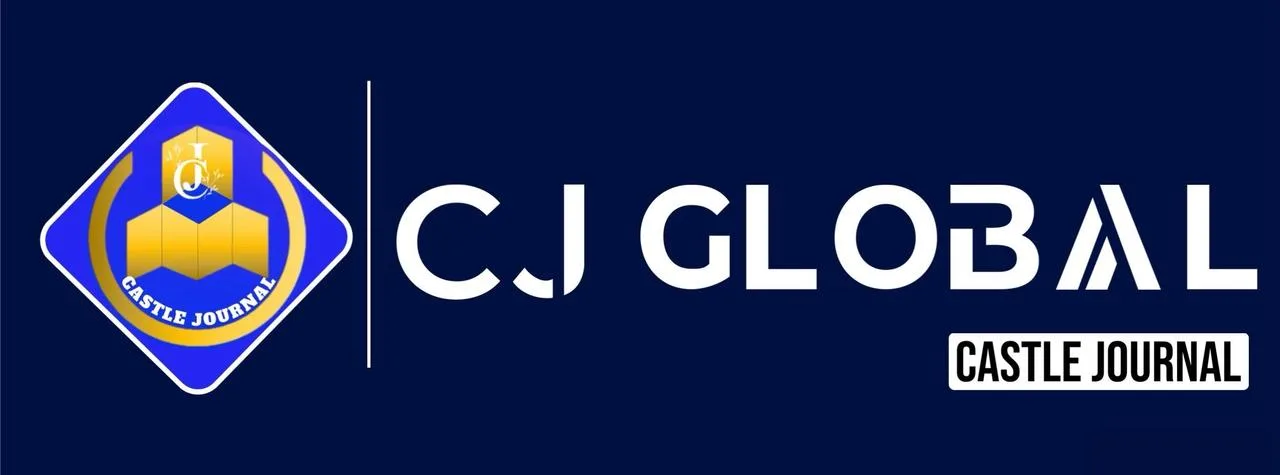Brazil’s amazon deforestation drops
Brasília, Brazil/Belém, Pará/London-UK, November 26, 2025
LATIN AMERICA ENVIRONMENT:
Official Data Confirms an 11% Decline in Forest Loss, Yet New Federal Plans to Convert Major Rivers into Soy and Mining Shipping Corridors Fuel Indigenous and Scientific Alarm
In a stark illustration of the tension between economic imperatives and environmental protection, Brazil has delivered contrasting signals to the world regarding the health of the Amazon rainforest.
Official data recently confirmed a significant reduction in the annual rate of deforestation, a clear victory for renewed federal enforcement.
However, this fragile progress is now under direct threat from aggressive new government-backed infrastructure projects designed to facilitate commodity exports.
Brazil’s Amazon Deforestation Drops But New Infrastructure Corridors Threaten Fragile Progress, placing the fate of the world’s largest rainforest in a perilous equilibrium.
According to the National Institute for Space Research (INPE), the official deforestation rate for the 12 months ending July 2025 fell by 11.08 percent compared to the previous period, totaling 5,796 square kilometres of forest loss.
This figure represents the lowest annual rate of clear-cutting in the Brazilian Amazon in over a decade and is hailed by the government in Brasília as proof that President Luiz Inácio Lula da Silva’s commitment to environmental policy—including the reinstatement of the Amazon Deforestation Prevention and Control Plan (PPCDAM)—is working.
Law enforcement efforts have led to a significant increase in fines and seizures in the Amazonian states of Rondônia and Acre.
The New Threat: Rivers as Export Corridors
Yet, even as the government touts its conservation success, it is simultaneously pushing forward with a massive expansion of its commodity export infrastructure that environmentalists warn could directly undercut this progress.
In November 2025, President Lula signed a decree converting three major Amazon rivers—the Tapajós, Tocantins, and Madeira—into national shipping corridors.
This move is part of the larger Arco Norte project, designed to bypass congested southern ports and create a more direct, efficient route for exporting vast quantities of soy and mineral ores from Brazil’s interior to international markets.
The plan involves extensive dredging of the rivers to accommodate larger, year-round barge traffic and the construction of new port facilities.
This industrialization of the rainforest’s waterways has triggered immediate and fierce resistance from Indigenous communities and environmental scientists.
Communities living along the Tapajós River, in particular, fear that the increased shipping and dredging will lead to widespread water contamination, severely impact fish stocks vital for their sustenance, and trigger an influx of illegal activity, including illegal mining and land grabbing, into previously remote areas made accessible by the new network.
For these communities, the promise of increased national economic efficiency comes at the direct cost of their cultural heritage and survival.
Climate Extremes and the Tipping Point
Adding to the immediate threat from infrastructure is the long-term, existential risk posed by climate change. Scientists caution that despite the drop in clear-cutting, the Amazon is entering a highly fragile state.
Severe droughts and record-high temperatures in 2024 have dramatically stressed the ecosystem, pushing the forest closer to its feared “tipping point”—the irreversible stage at which the biome can no longer sustain itself as a rainforest and begins to transition into dry savannah.
Furthermore, while clear-cutting is down, deforestation is shifting its methodology. The proportion of loss attributed to “progressive degradation”—selective logging and fire damage that weaken the forest without immediate clearance—is rising, highlighting the continued vulnerability of the forest to exploitation.
This reality places a profound burden on Brazil as it prepares to host the COP30 UN climate talks in Belém, Pará, in 2025. President Lula intends to use the summit to secure massive international funding for conservation, including the launch of his new Tropical Forest Forever Facility (TFFF).
However, the contradiction inherent in simultaneously destroying pristine waterways for commodity exports threatens to undermine Brazil’s credibility as a global climate leader on the international stage, particularly among London-UK based investors and policymakers who link trade agreements to environmental performance.
The success of the new environmental policies is therefore precariously balanced against the immense gravitational pull of Brazil’s powerful agribusiness and mining sectors, symbolized by the bulldozers now arriving on the riverbanks.
The fate of the Amazon may not be determined by outright deforestation figures alone, but by the subtle, yet systemic, degradation caused by industrializing its lifeblood rivers.
Headline Points
Official Decline:
Brazil’s official data showed an 11% drop in Amazon deforestation in the 12 months to July 2025 (to 5,796 km²), the lowest in over a decade, attributed to renewed enforcement.
* New Policy Threat: President Lula authorized the conversion of major Amazon rivers (Tapajós, Tocantins, Madeira) into national shipping corridors for soy and mining exports.
* Alarm from Communities: Indigenous communities are strongly protesting the plan, warning that dredging and increased shipping traffic will cause water contamination and increase illegal activity in the region.
* Fragile Progress: Scientists warn the Amazon remains in a fragile state due to climate extremes and a rise in “progressive degradation” (fires/selective logging) despite the drop in clear-cutting.
* COP30 Conflict: The new infrastructure plans create a political contradiction as Brazil prepares to host the major COP30 climate summit in Belém, intending to secure global conservation funding.
